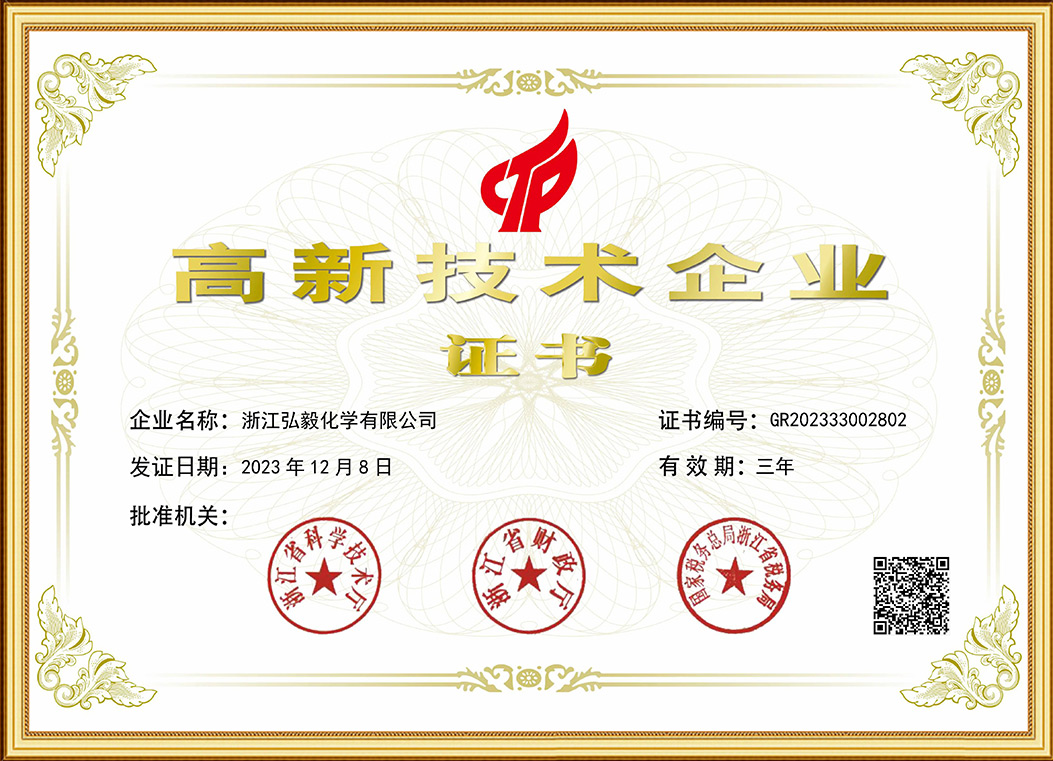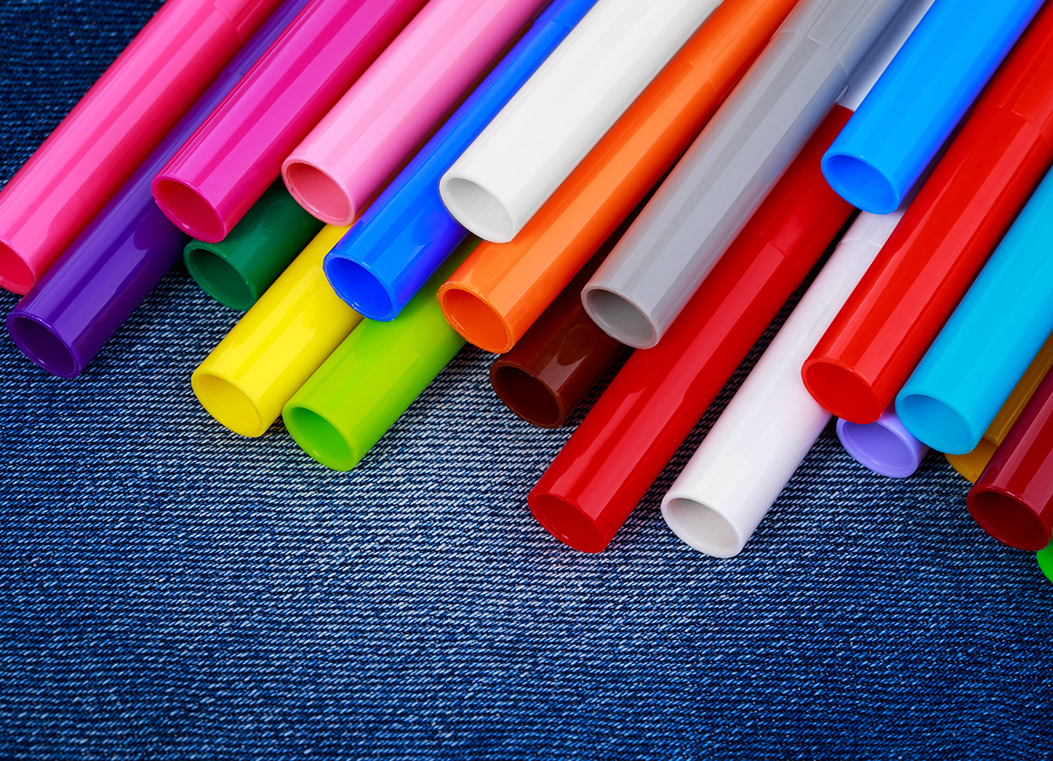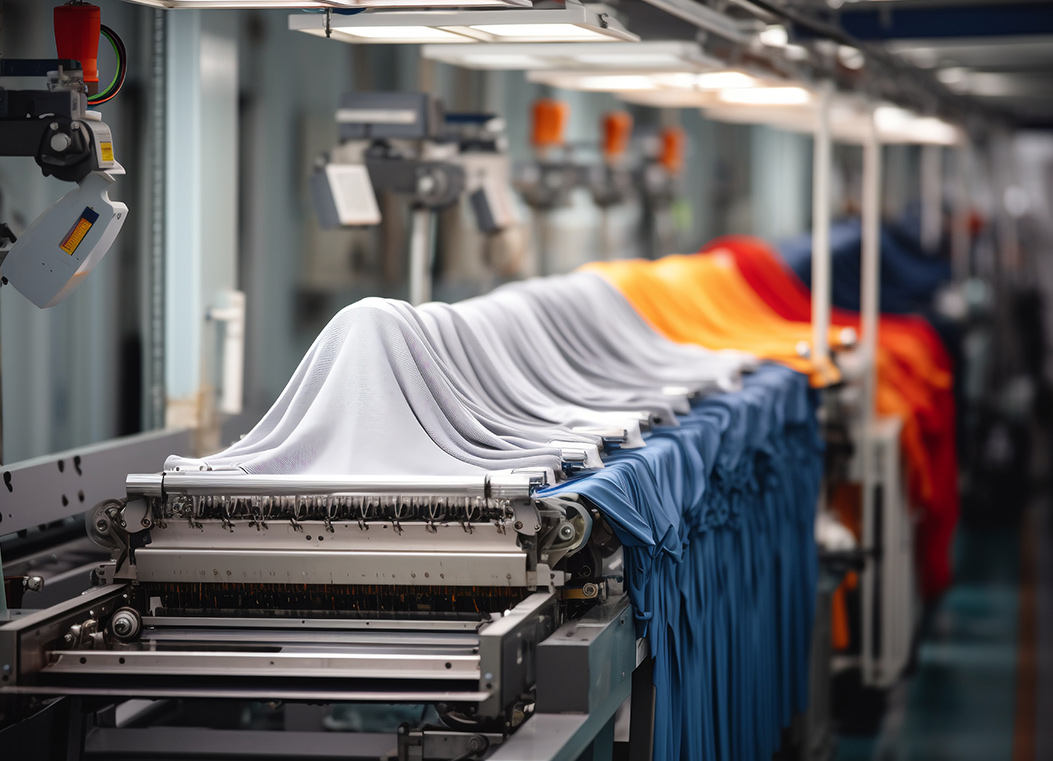Sustainability has become a central focus in many industrial sectors, and the field of optical brightening agents is no exception. As environmental concerns grow, companies and researchers are increasingly prioritizing innovations that reduce ecological impact while maintaining or improving product performance. Among these innovations, the development and application of sustainable fluorescent whitening agents stand out as critical drivers of progress, especially in industries like plastics manufacturing, textile production, and paper processing.
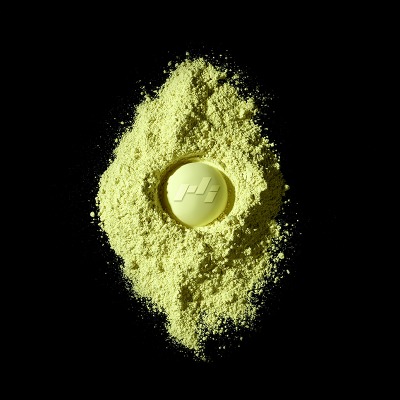
Fluorescent whitening agents (FWAs) are chemical compounds widely used to enhance the whiteness and brightness of materials. Their role in improving visual appeal is significant, particularly in industries where color quality and brightness are essential for product value. In the PVC manufacturing sector, the use of optical brighteners has seen notable advancements, with the optical brightener for PVC profiles playing a vital role. These agents absorb ultraviolet light and re-emit it as visible blue light, which counteracts yellowing and imparts a brighter appearance to PVC products.
The increasing demand for sustainable fluorescent whitening agents is pushing the industry toward greener production methods and formulations. Traditional FWAs sometimes involve synthetic processes that generate harmful byproducts or use raw materials with environmental drawbacks. Innovation in this area focuses on reducing such negative effects by improving the synthesis pathways, employing bio-based materials, or developing agents that require lower dosages for comparable effects. These sustainable fluorescent whitening agents are gaining traction because they address the dual challenges of maintaining product quality and causing less environmental harm.
One of the sectors benefiting more from these advances is the PVC profile industry. Optical brightener for PVC profiles is essential in enhancing the durability and aesthetic quality of PVC windows, doors, and other construction components. Innovations have led to fluorescent whitening agents with improved compatibility and stability within PVC matrices, which means the brightening effect lasts longer and withstands exposure to weather conditions without degrading quickly. These advances are particularly important because PVC profiles are increasingly used in energy-efficient buildings, where material longevity and appearance directly affect overall sustainability.
Moreover, research into biodegradable and less toxic fluorescent whitening agents is progressing steadily. While traditional FWAs may pose challenges in waste treatment and recycling processes, new formulations aim to reduce environmental persistence and toxicity. This is relevant not only for the disposal of PVC profiles but also for other applications where FWAs are used extensively. The shift toward safer optical brighteners aligns with global environmental policies that encourage reduced chemical hazards and promote circular economy principles.
Another significant area of innovation involves enhancing the efficiency of fluorescent whitening agents, which can advance to lower consumption and less waste. By improving the molecular structure and light absorption characteristics of FWAs, manufacturers can achieve the desired brightening effect using smaller quantities. This approach contributes to sustainability by conserving raw materials and reducing energy consumption in production. In the context of PVC profiles, more efficient optical brighteners allow for thinner coatings or lower additive concentrations without sacrificing performance, thus further supporting eco-friendly manufacturing practices.
The application of advanced analytical techniques also supports the development of sustainable fluorescent whitening agents. By using precise measurements of light absorption and emission, researchers can tailor optical brightener formulations to specific materials like PVC profiles. This targeted approach ensures that the brightening agents are optimized for performance and longevity, less the need for reapplications or excessive use. It also enables better control over environmental impacts since formulations can be adjusted to meet stricter regulations on chemical usage and emissions.
Sustainability in optical brightening agents is not limited to chemical innovation alone. Manufacturing processes are also evolving to reduce energy consumption, reduce waste, and limit emissions. For example, production methods for fluorescent whitening agents are being refined to use greener solvents and lower temperatures, which decreases the carbon footprint of these products. Additionally, the industry is exploring recycling and recovery techniques that allow fluorescent whitening agents to be reused or safely broken down, especially in products like PVC profiles, where reuse potential is high.
In summary, innovations driving sustainability in optical brightening agents are reshaping the industry by focusing on environmentally friendly formulations, efficient use, and improved product compatibility. Fluorescent whitening agents are becoming more sustainable through advances in chemistry and production, and these changes have significant implications for materials such as PVC profiles. The optical brightener for PVC profiles is evolving to meet both performance and environmental requirements, reflecting a broader commitment to responsible manufacturing and product stewardship.
As the demand for sustainable products continues to grow, the role of fluorescent whitening agents and optical brighteners in creating visually appealing, durable, and eco-friendly materials will become even more critical. These innovations offer pathways to balance aesthetic needs with environmental responsibility, supporting a future where brightness and sustainability go hand in hand.

 EN
EN 中文
中文 ES
ES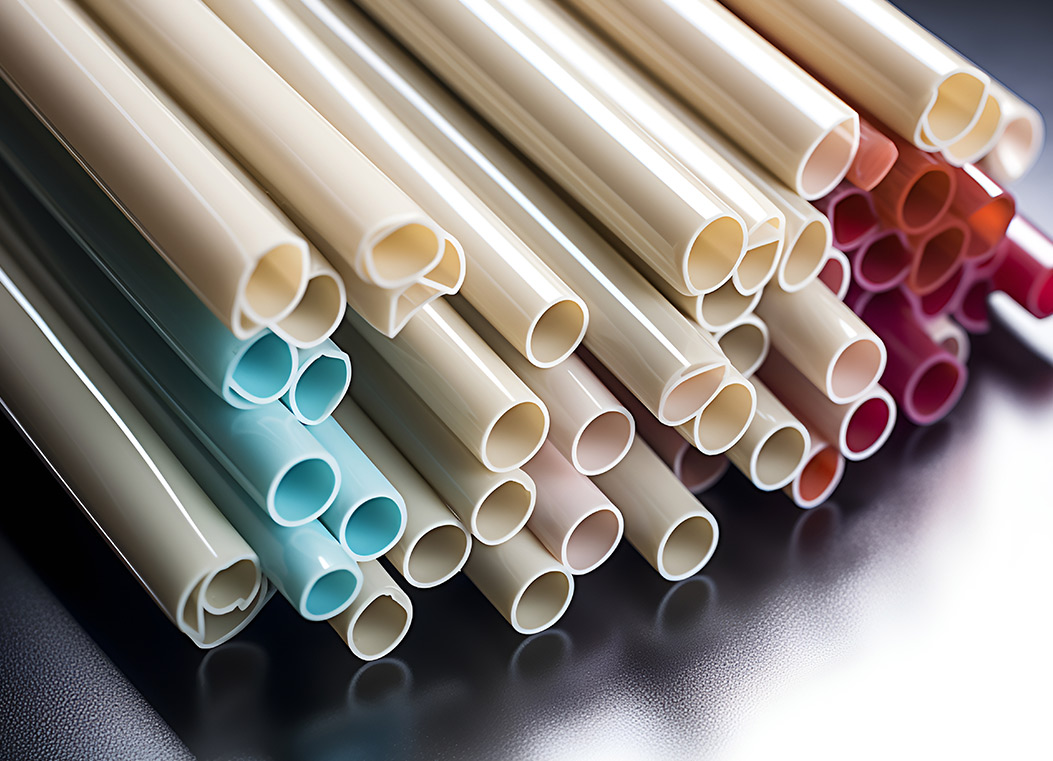
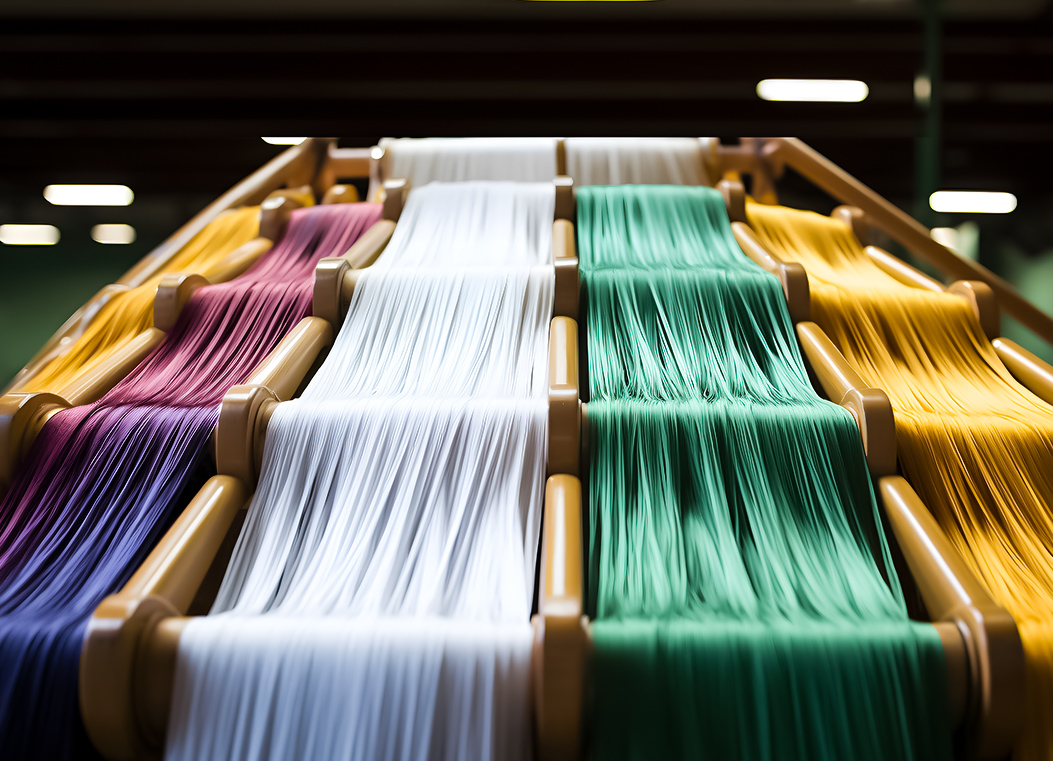


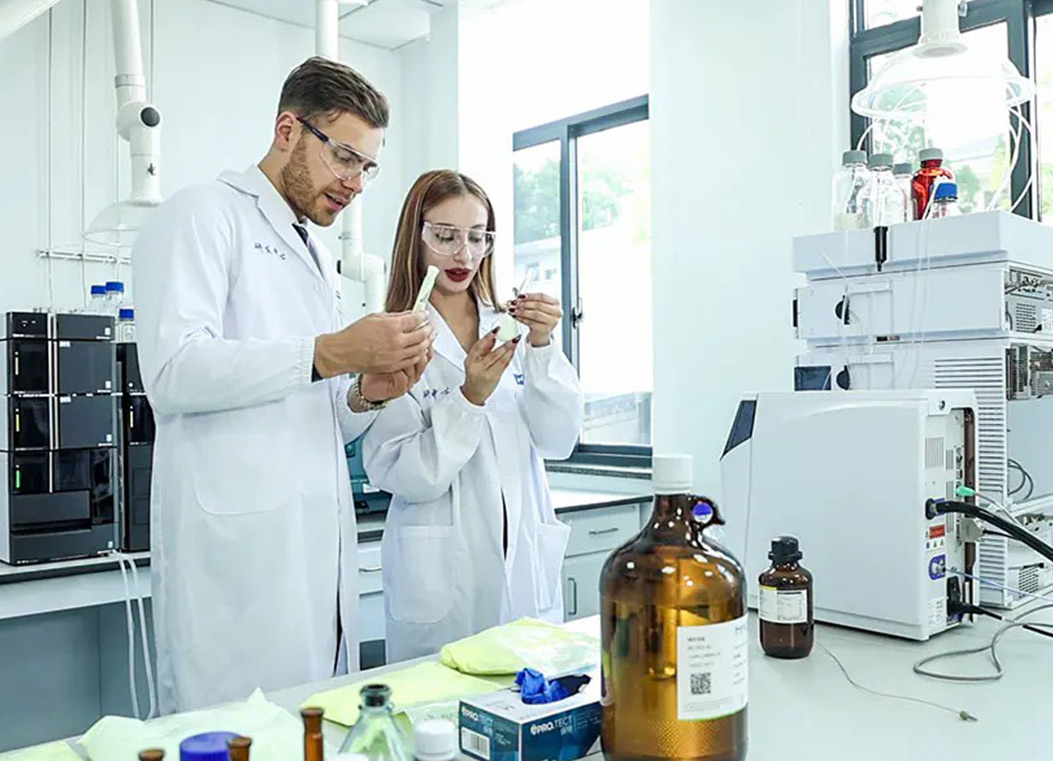
.jpg)
